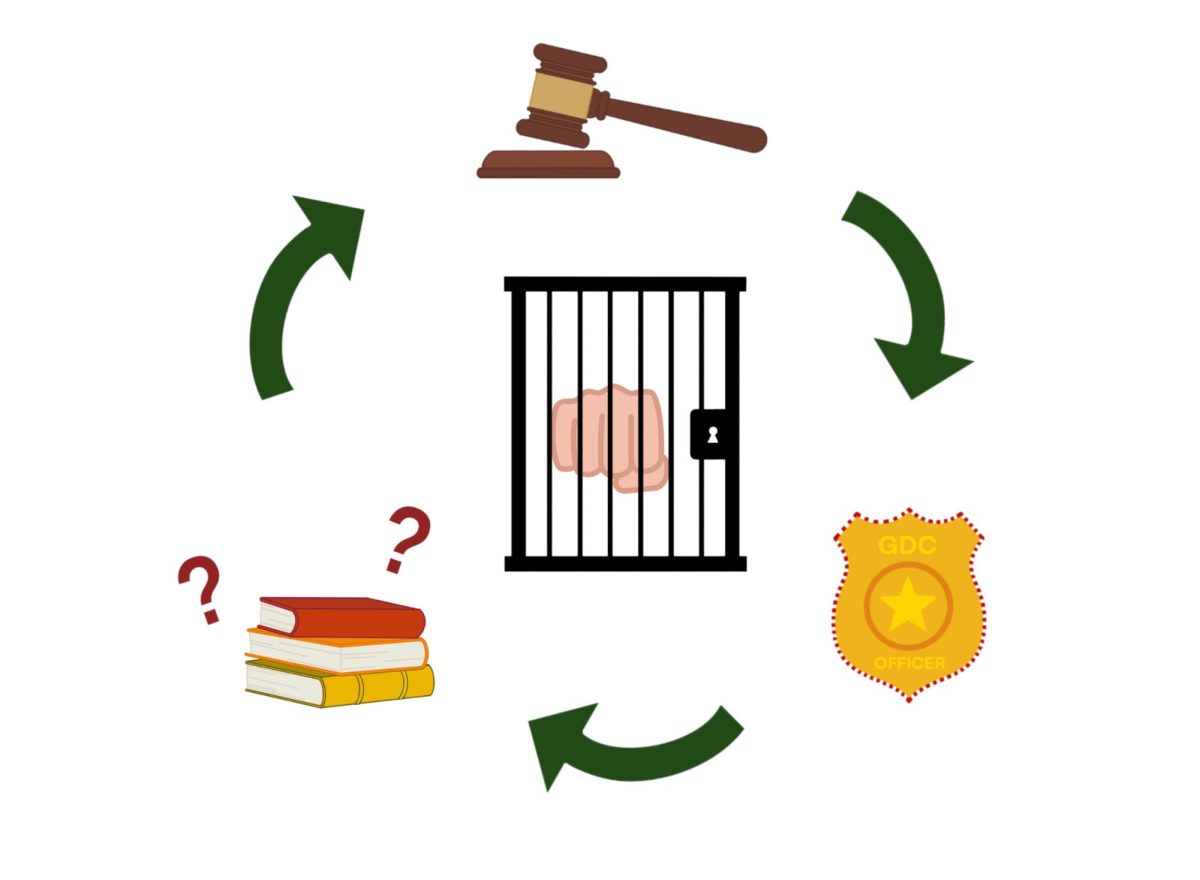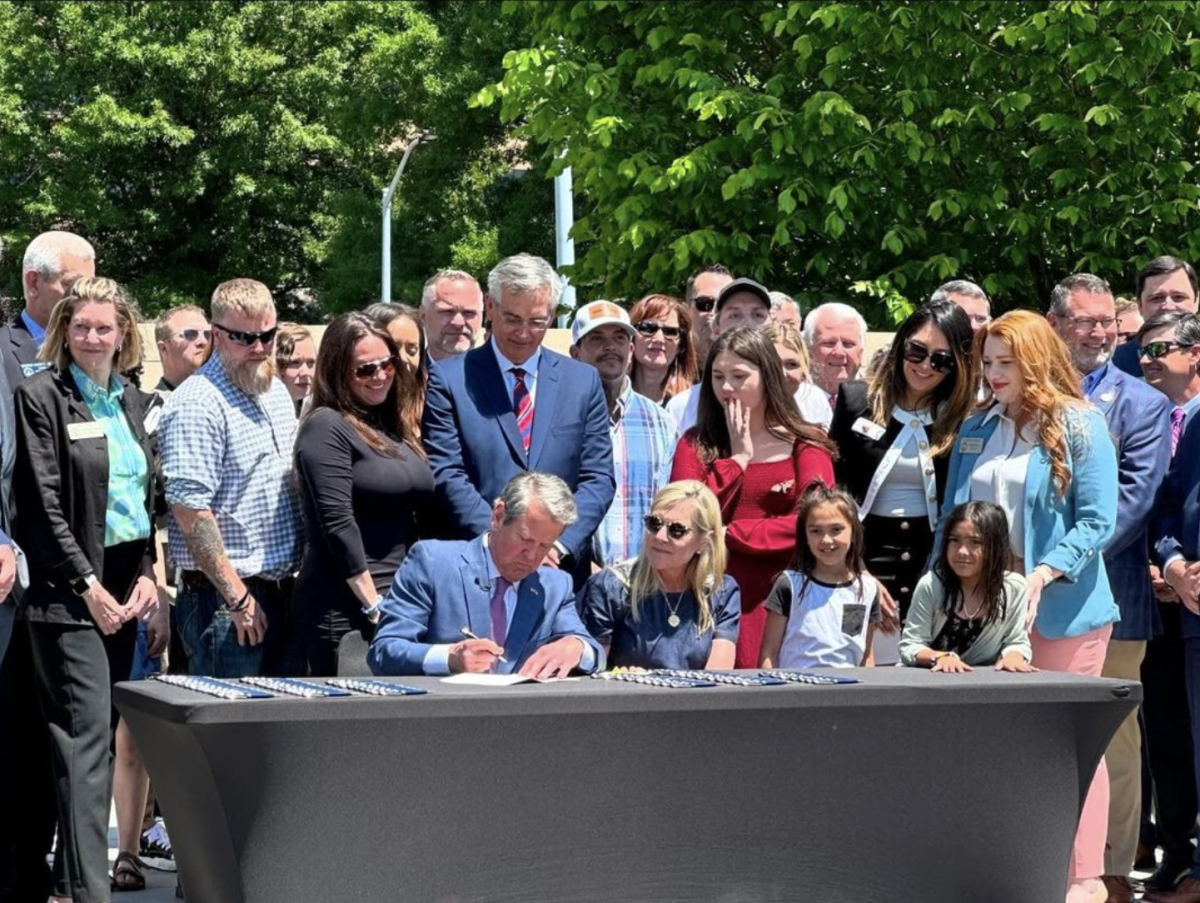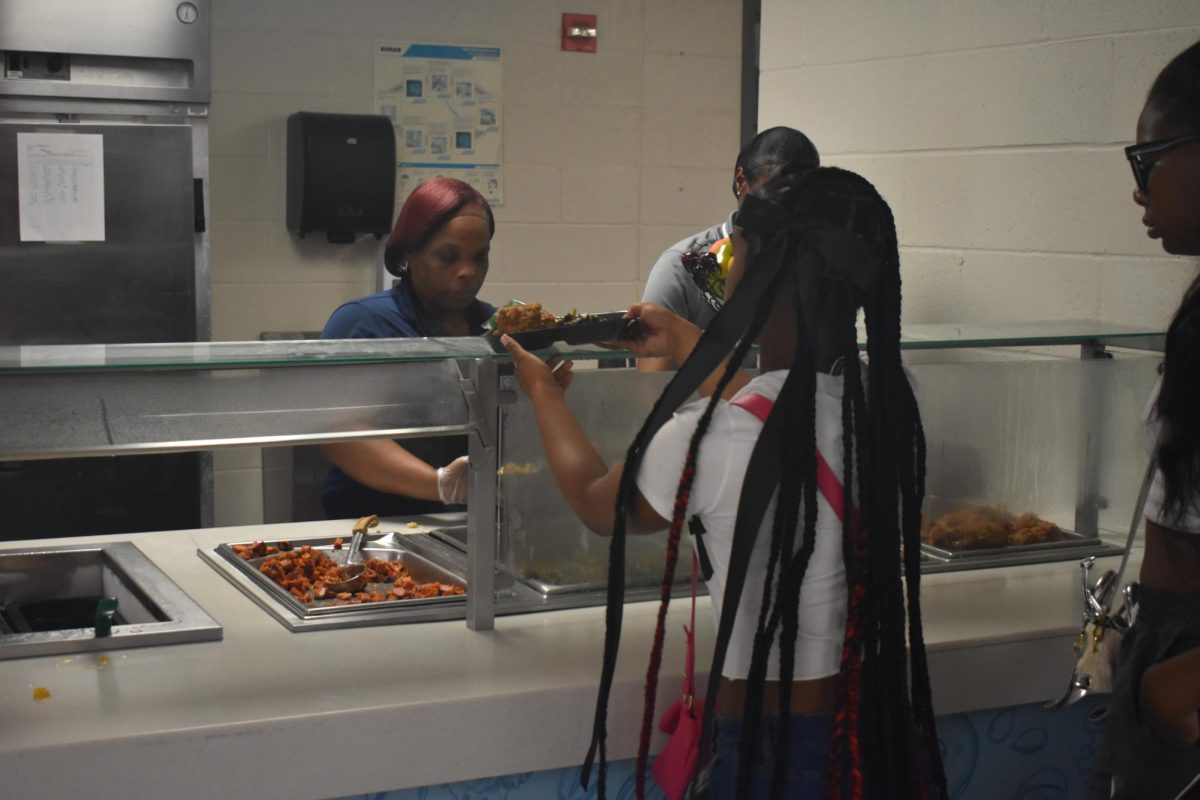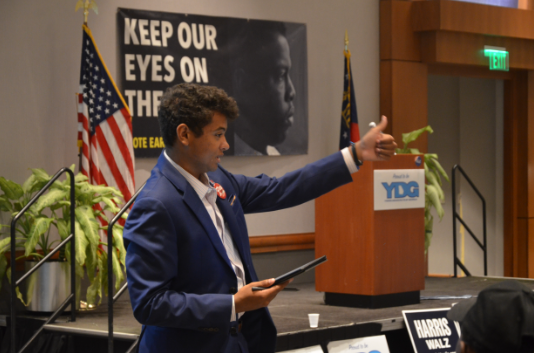Flipped classroom model puts students at a disadvantage
Flipped classroom model turns the traditional classroom dynamics upside down.
October 6, 2019
The flipped classroom model disadvantages students. While some teachers may claim the flipped classroom is an effective method, the model hurts students in more ways than it helps.
Jonathan Bergmann and Aaron Sams, two high school chemistry teachers from Colorado, created the model in 2007. They wanted a way to get lessons to absent students, so they purchased software that allowed them to record and video their lectures to post online. Students who were not absent started watching the lectures to reinforce their learning, so the teachers decided to start pre-recording all their lectures. Thus, the flipped classroom model was born.
According to Dr. Emine Cabi of Ba?kent University, there are four major components and guidelines that make up the flipped classroom.
Educators must provide a flexible and structured learning environment, and they must teach the content in detail and adopt a learner-centered approach. Teachers have to track the progress of students, and the educator should be involved in the learning process by monitoring progress and providing feedback.
However, these standards are often not met by the educators present. In some cases, the flipped classroom model can promote a lazy learning environment, as the teacher may not actually interact with the class, and instead depend on the pre-recorded lectures to teach students. During class time, students are left with busy-work, while teachers focus on other activities.
The scenario above reflects my experience with a flipped class. In the class, I felt as though videos on the subject did not allow much depth in understanding. While we were able to ask questions about the videos in class, most of the time I forget why I had a question, or the teacher forgot what the lecture was about. The lectures we used were four years old, so it felt as though we were not being taught. I never felt truly engaged with the material as well as the teacher. In class, we were left with packets that felt like busywork, and were not beneficial to my understanding of the subject. I never knew what my teacher was doing during the class, most of the time they were just at their desk.
Another disadvantage of the model is that it is heavily reliant on the motivation of the student. High school students are constantly on the go, and with managing eight classes, extracurriculars, jobs, homework, social life and a good sleep schedule, it is nearly impossible to find time to watch a 40-minute lecture for just one class. As a result, students may not watch the video, and instead, just get notes from a peer. Although it may seem like students are learning the same information, they are only copying it down, but not learning or understanding the material.
A learning environment such as this encourages slacking off, and if students are not motivated in the subject, they will stray away from watching a lecture in their valuable and coveted free time. To make sure students are motivated, teachers could make more of a point to review and go over the concepts learned in the lecture, and check to see if students are actually watching the lectures. In my experience, the teacher did not check to see if students watched the videos, so they felt useless and not beneficial.
In cases where students do watch the lectures, more issues arise. The student may have questions during the lecture or need more explanation on the concept; however, they are not able to ask those questions. While they could write them down, often the question or thought process behind it will be long forgotten before they have the physical class again.
Although we do live in a technology-driven age, some students might not have access to constant internet connection, making it almost impossible to watch the lectures. The flipped classroom assumes that all students have the same resources to be able to watch the lectures. With Grady’s diverse socio-economic demographic, this assumption cannot be made.
Some people argue that the flipped model works the best because students can take notes at their own pace by pausing the video when needed, however, this one minor benefit does not make up for all the disadvantages the model causes. While pre-recorded lectures can be a useful study tool for students, in addition to a traditional teaching model, they do not work well as a method of their own.
These disadvantages are inhibiting to students, and because of them, tried and true traditional teaching methods are the most beneficial. While some students may adapt better to this non-traditional method, the flipped model does not benefit the majority of students.









Erin Steele • Oct 12, 2019 at 12:12 pm
Thank you for writing about the flipped classroom. This method, as it is being implemented at Grady, has been a terrible burden on many math students (and their parents). I’m worried that this will put kids at a major disadvantage in math for the rest of their years at Grady.